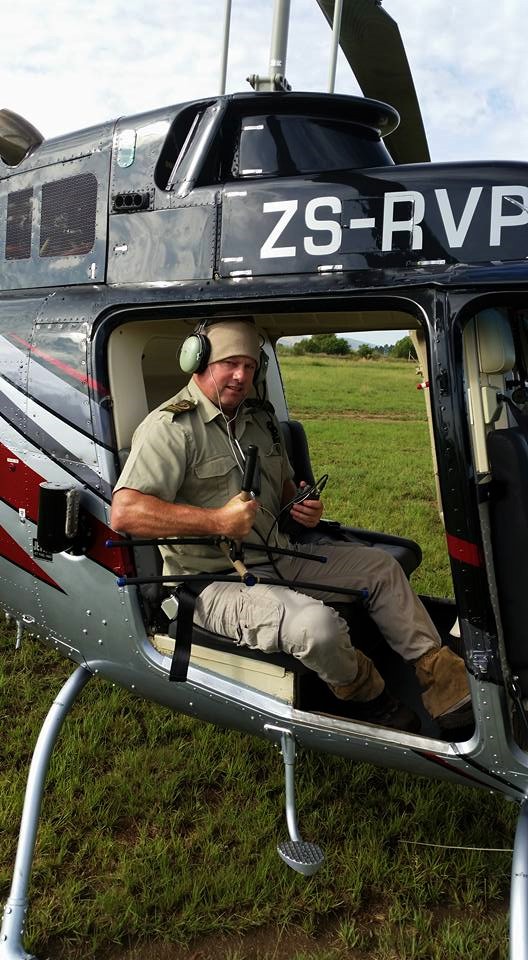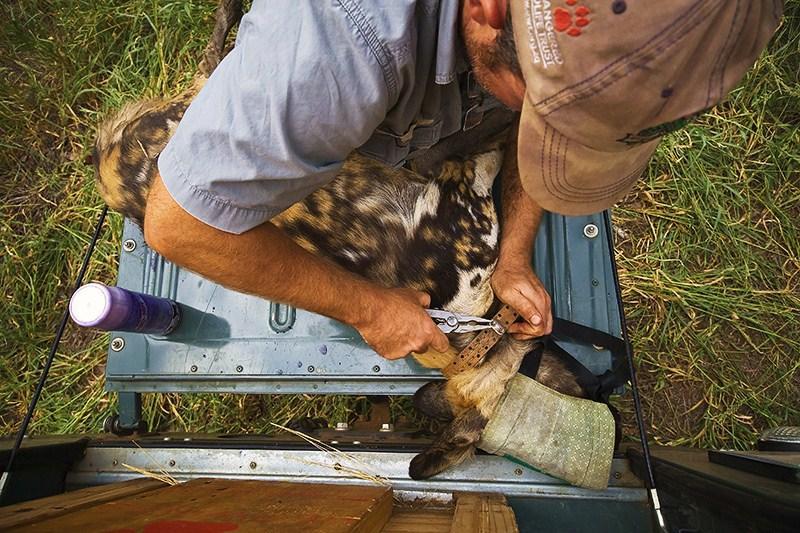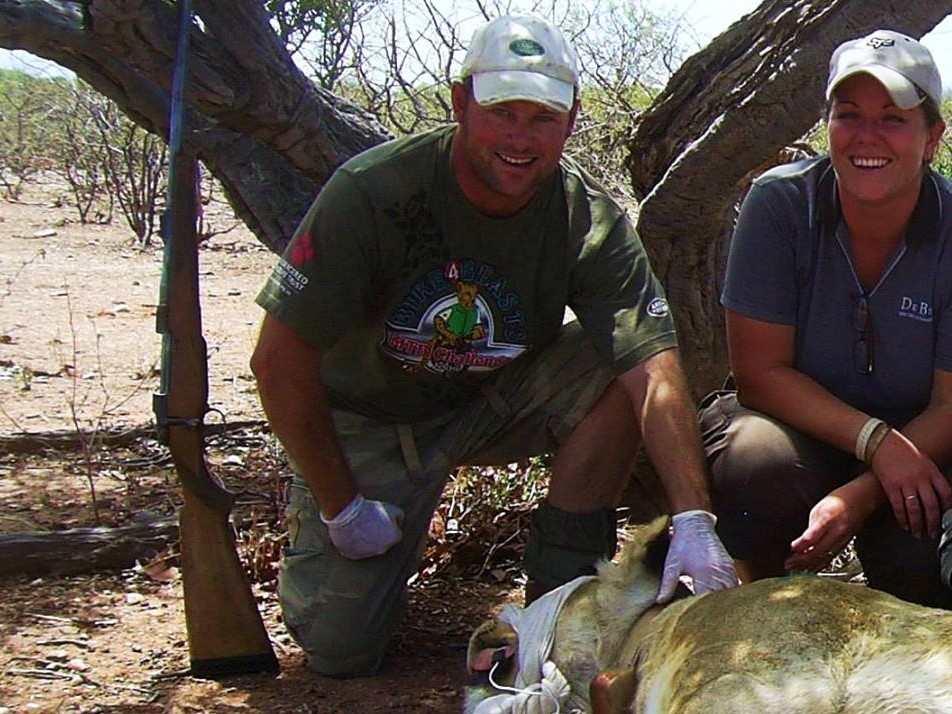We are sanctioned by the province to manage all biodiversity, where my role is scientific advice, for in particular mammals, but mostly so for carnivores, where the following species in order of importance have featured: leopard, cheetah, brown hyaena, wild dog and lion. Small carnivores have been important as far as the hunting industry’s intent to want to sport hunt these populations, particularly so, in the Kalahari, where we have camera trapped populations, both inside and outside protected areas, so as to get a handle on such impacts.
We have found that with large carnivores it is particularly pronounced that their densities are lower outside of protected areas, for instance, leopards are almost 20 times lower in abundance in the Magaliesberg vs Pilanesberg, while this information for others is important too (i.e brown hyaena, cheetah), as when attempting to extrapolate their abundance provincially we utilise density data from other areas. For small carnivores, it is less too, but not to the same degree as larger ones, as bat-eared foxes for instance are more common on protected reserves such as the Molopo Nature Reserve and Khamab Kalahari Reserve, as opposed to adjacent farmlands – marginally so, though.



